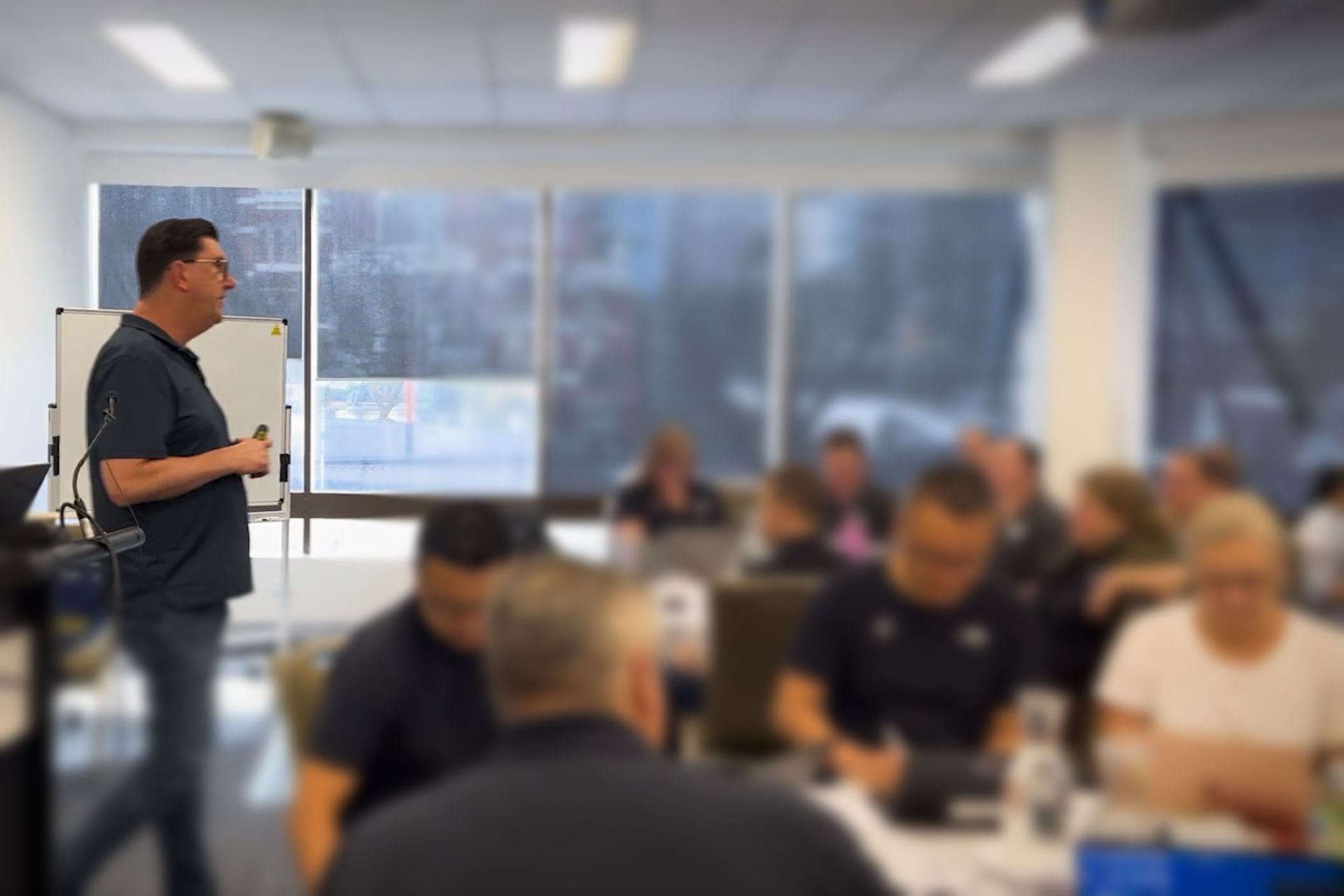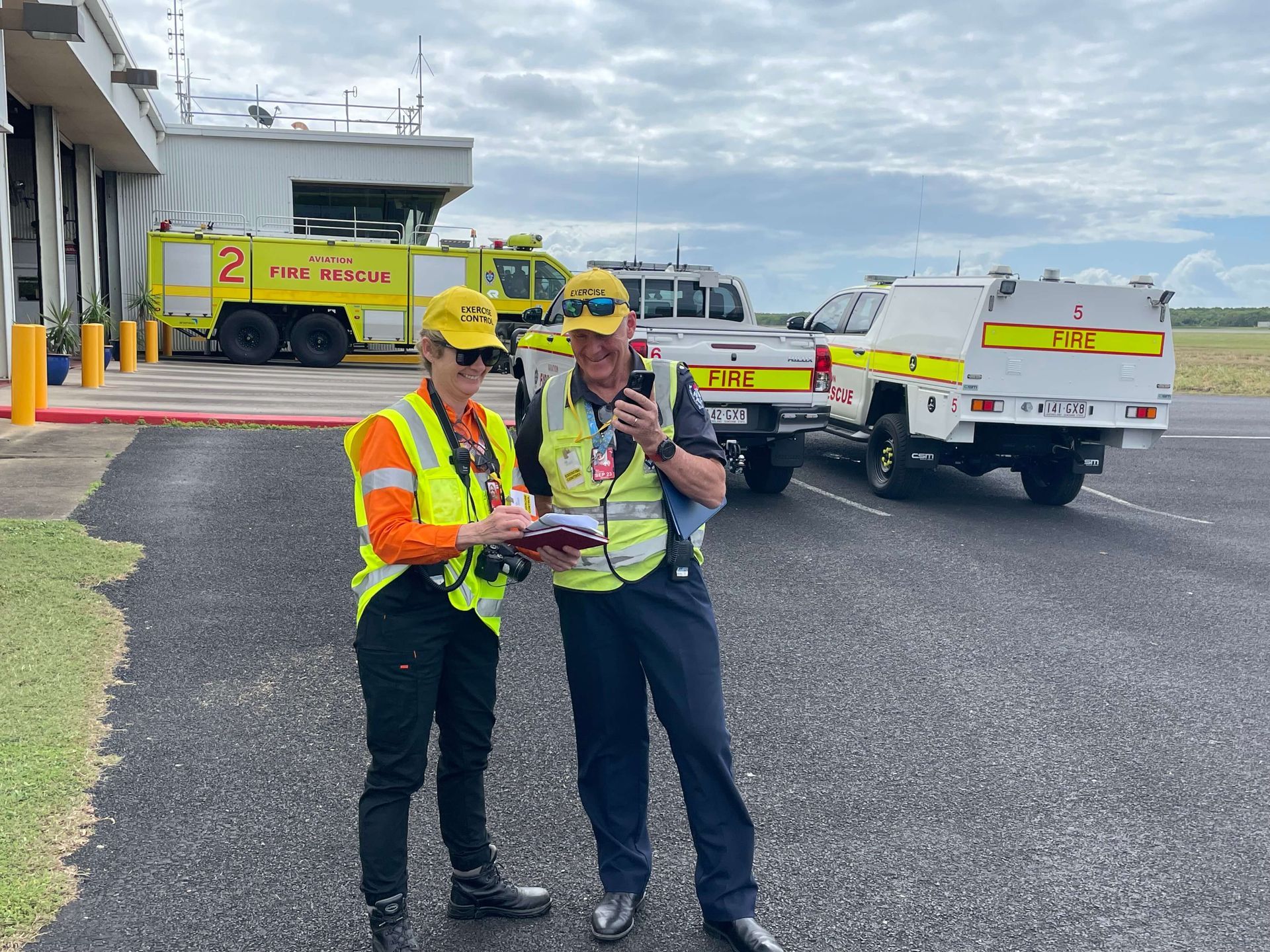Why Organisations That Undertake Emergency Exercises Are Ready for Real Events
Prepare now for the day you know will come..........
When disaster strikes, the difference between chaos and a well-coordinated response often comes down to preparation. Organisations that regularly engage in emergency exercises are far better equipped to handle real-world crises, demonstrating agility, leadership, and confidence in their response efforts. These exercises allow for practical testing of plans, protocols, and personnel readiness. Without this practice, even the best-laid plans can unravel in the face of real-time pressure.
An excellent example of this preparedness in action occurred during the 2019 bushfires in Australia. The Country Fire Authority (CFA) in Victoria had been conducting regular emergency exercises that mimicked the challenges of large-scale bushfire management. These exercises simulated everything from fire behaviour and containment strategies to inter-agency communication, evacuation coordination, and incident command.
When the bushfires raged across Victoria in late 2019, the CFA's years of rigorous exercises were put to the test. One critical exercise had previously involved a simulated evacuation of the Bacchus Marsh area—where multiple communities were required to quickly mobilise and evacuate to safe zones. The simulation highlighted gaps in communication and resource allocation, which were corrected and documented after the exercise.
Fast-forward to the real bushfire event, and these previous lessons became invaluable. The CFA, in collaboration with Victoria Police, State Emergency Service, and Ambulance Victoria, executed the evacuation flawlessly. The organisation's strong command structure and clear communication channels ensured that affected communities were safely relocated without panic or confusion. The smooth operation of incident command centres and the flow of accurate, real-time information contributed to minimising casualties and property loss.
This seamless response was not a product of luck but a direct result of consistent, structured emergency exercises. Regularly testing an organisation’s procedures in realistic conditions ensures that decision-makers and frontline personnel have experience navigating the complexities of a crisis. Exercises also enable agencies to identify and rectify any gaps, ensuring that the real event can be handled with precision.
Benefits of Emergency Exercises
- Testing and Validating Emergency Plans: Exercises are an opportunity to evaluate how effective the existing emergency plans are. Are the evacuation routes feasible? Do communication systems work under pressure? Are resources allocated effectively? These are the types of questions that can be answered during an exercise, well before a real event occurs.
- Interagency Coordination: Many emergencies require a coordinated response from multiple agencies. Exercises allow these agencies to practise working together, ironing out any coordination issues in a low-stakes environment. This prepares them to operate efficiently and without friction during a real event, as seen in the Victoria bushfires example.
- Improved Decision-Making: In an emergency, decisions must be made rapidly and under extreme pressure. Exercises allow leaders to practise their decision-making in real time, preparing them to respond effectively in a real event. For instance, during the bushfires, the CFA’s leadership had already rehearsed multiple scenarios, giving them the confidence to make critical decisions quickly.
- Community Engagement and Awareness: Exercises don’t just prepare organisations; they also help communities understand the importance of emergency preparedness. Community participation in drills or observation of exercises increases awareness and builds trust in the organisations responsible for public safety.
- Lessons Identified Become Lessons Learned: Emergency exercises are valuable because they reveal both strengths and weaknesses. However, the key to an effective exercise programme is not just identifying gaps but also implementing changes. After every exercise, a detailed debrief should be conducted, and the findings should be turned into actionable improvements for future real-life events.
Conclusion
The CFA’s response to the 2019 Victorian bushfires stands as a powerful testament to the value of emergency exercises. When an organisation is well-practised, it can remain calm, organised, and efficient under pressure. In contrast, those that fail to conduct regular exercises are often caught off guard, resulting in confusion, delays, and potentially devastating consequences.
In the world of emergency management, preparedness is not a one-time task but a continuous process. Regular exercises allow organisations to be agile and ready when the unexpected happens, ensuring that when a real disaster occurs, the response is swift, coordinated, and effective.
By committing to a culture of preparedness, your organisation can move from simply surviving an emergency to effectively managing it, protecting both people and assets. Whether it’s through large-scale simulations or tabletop discussions, the lessons learned from emergency exercises can save lives and mitigate damage when a real event unfolds.
enquiry@scsteam.com.au
All Rights Reserved | Shepherd Consulting Services
Website Design by Kickass Marketing







